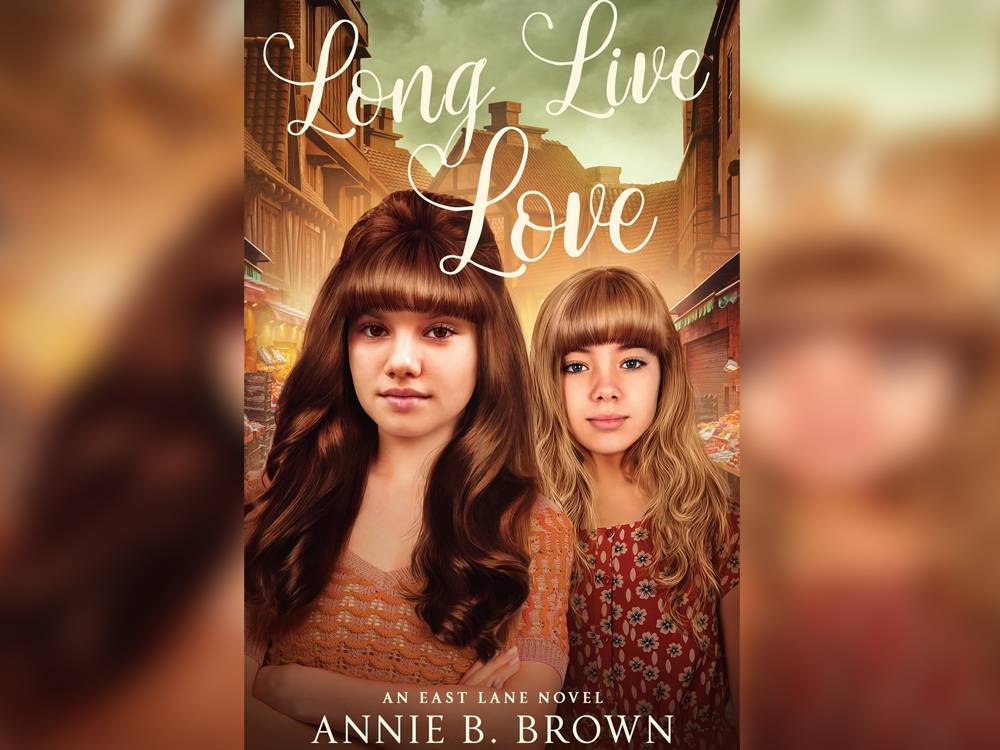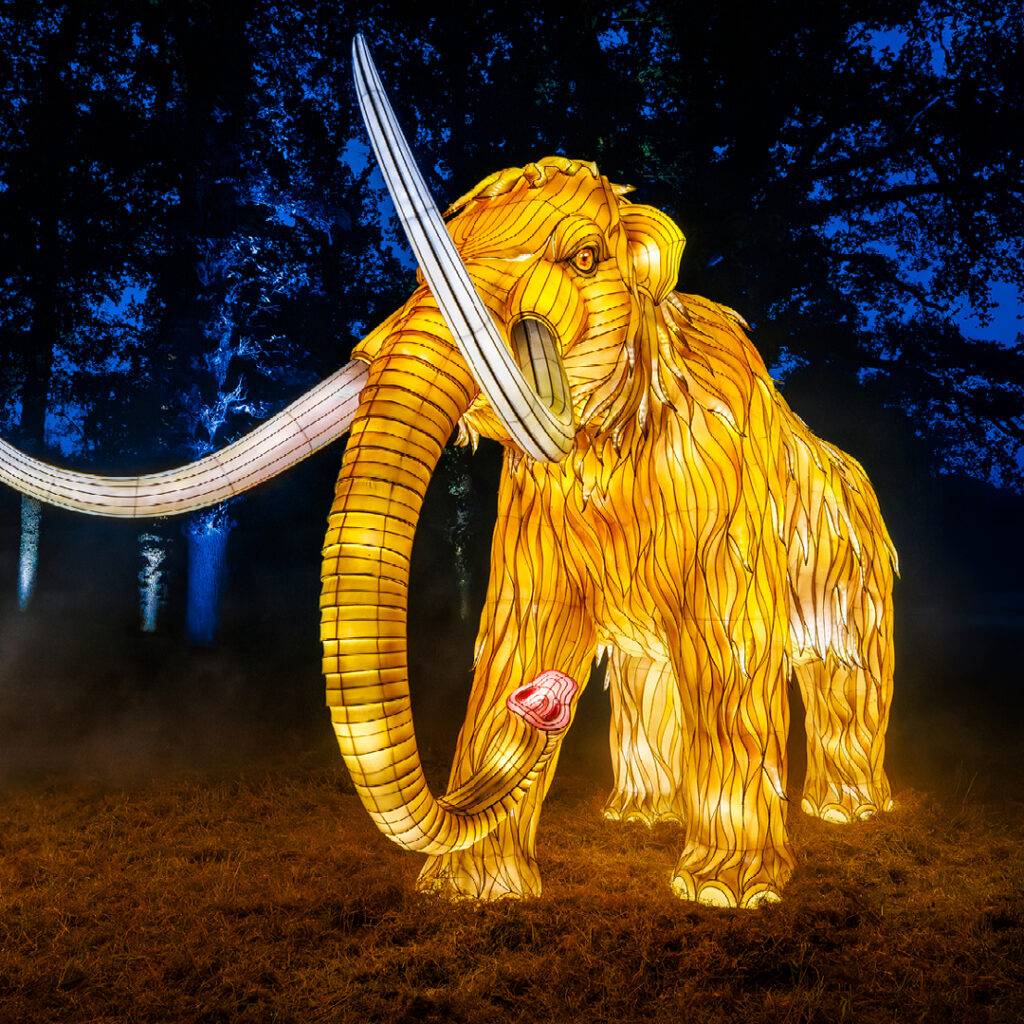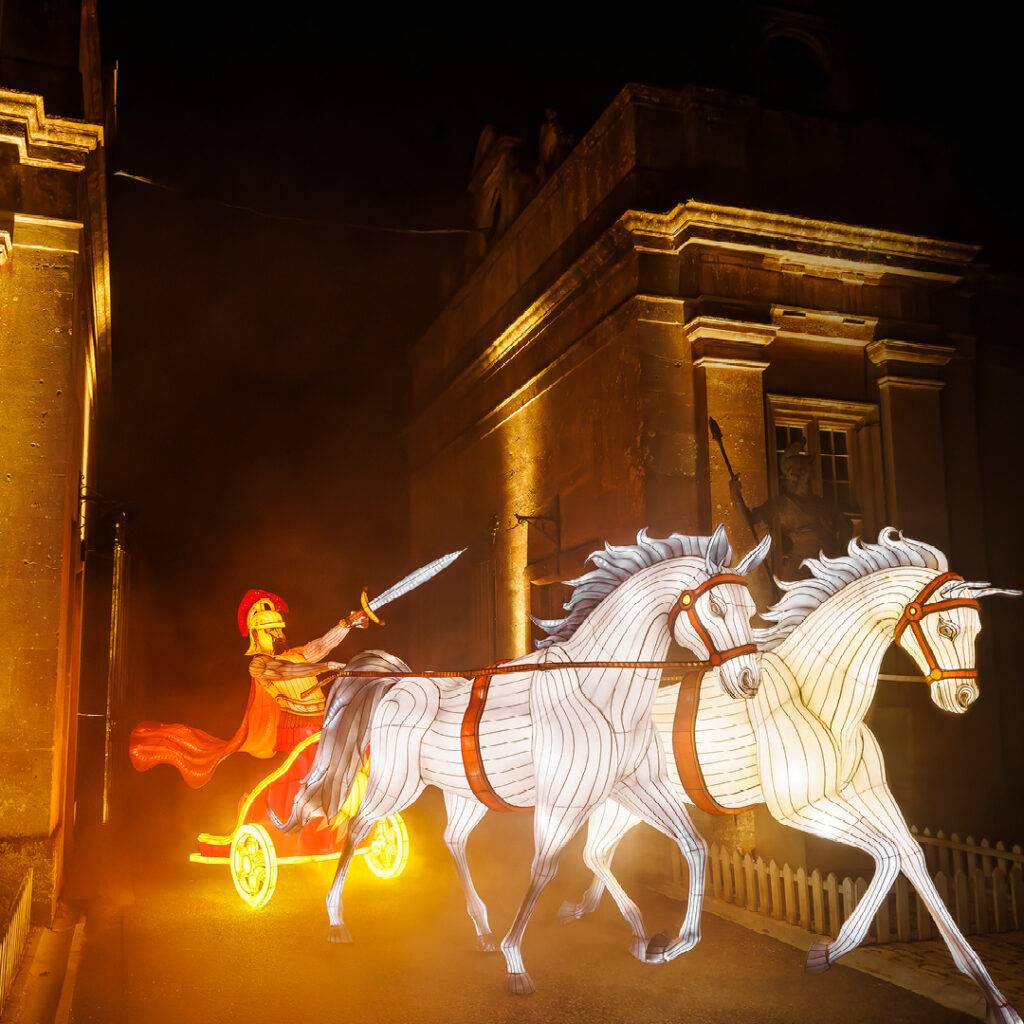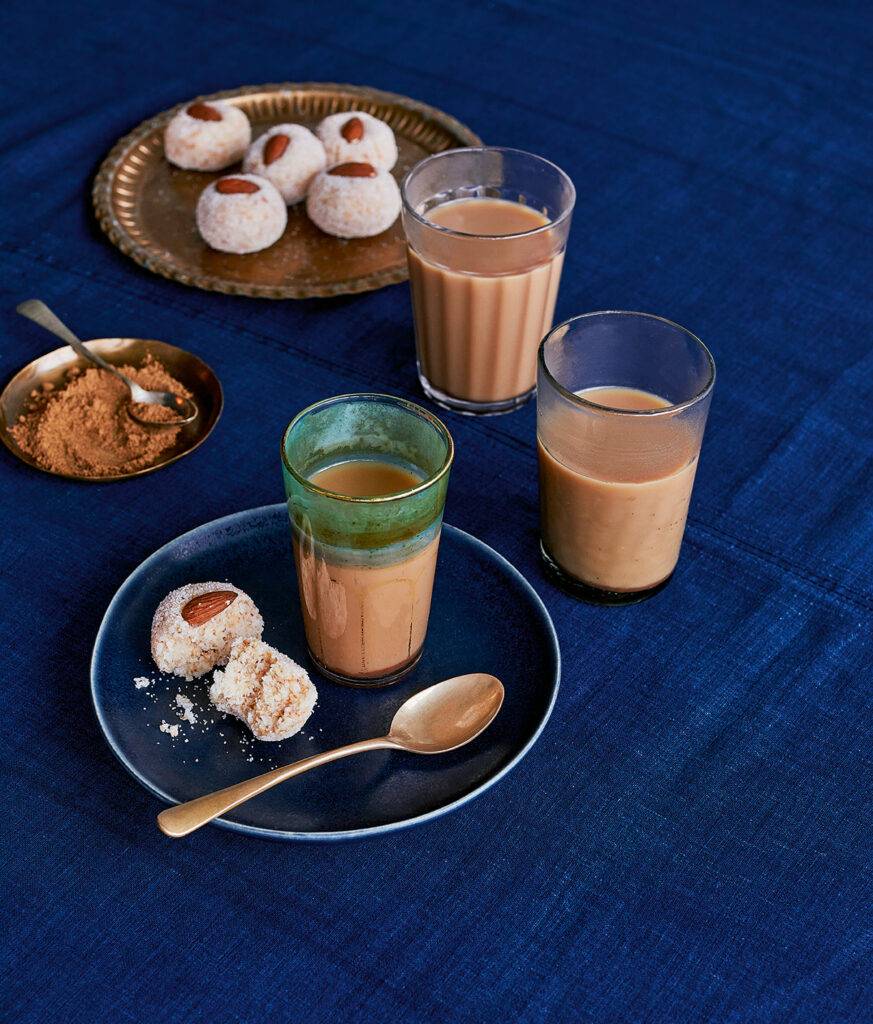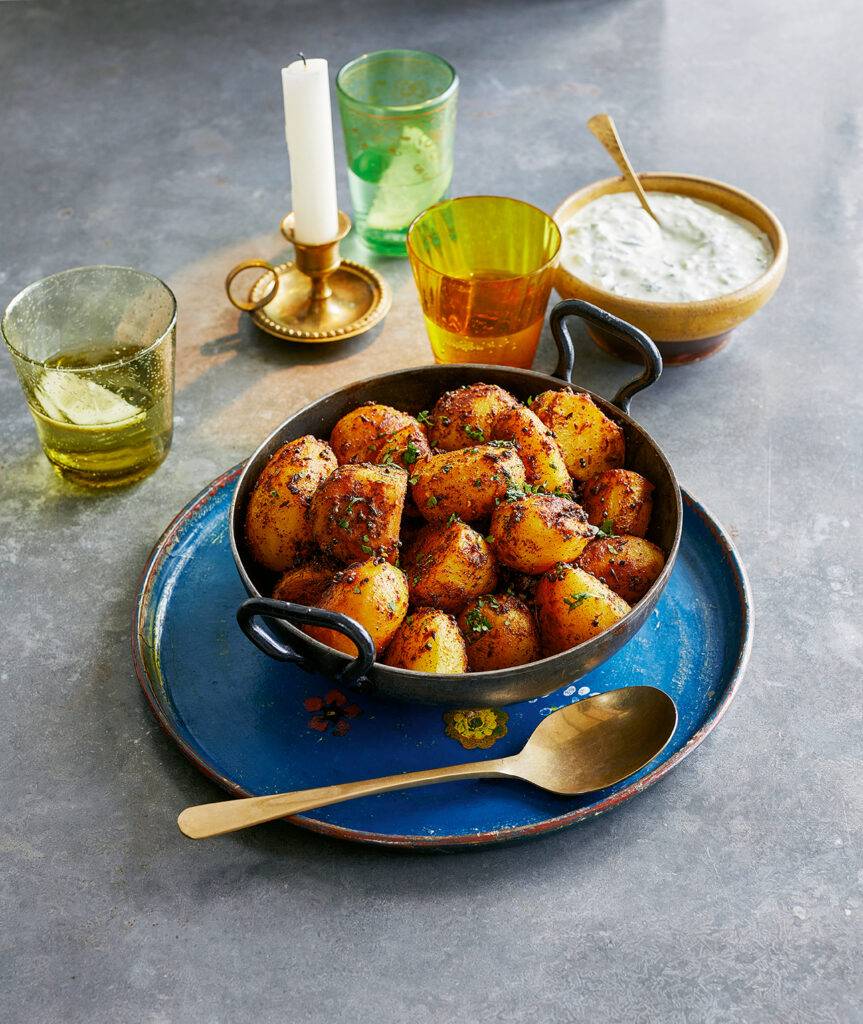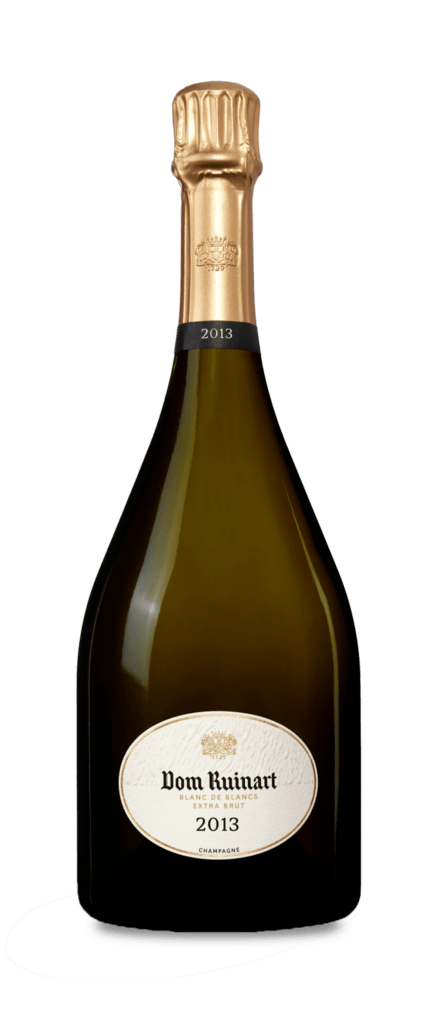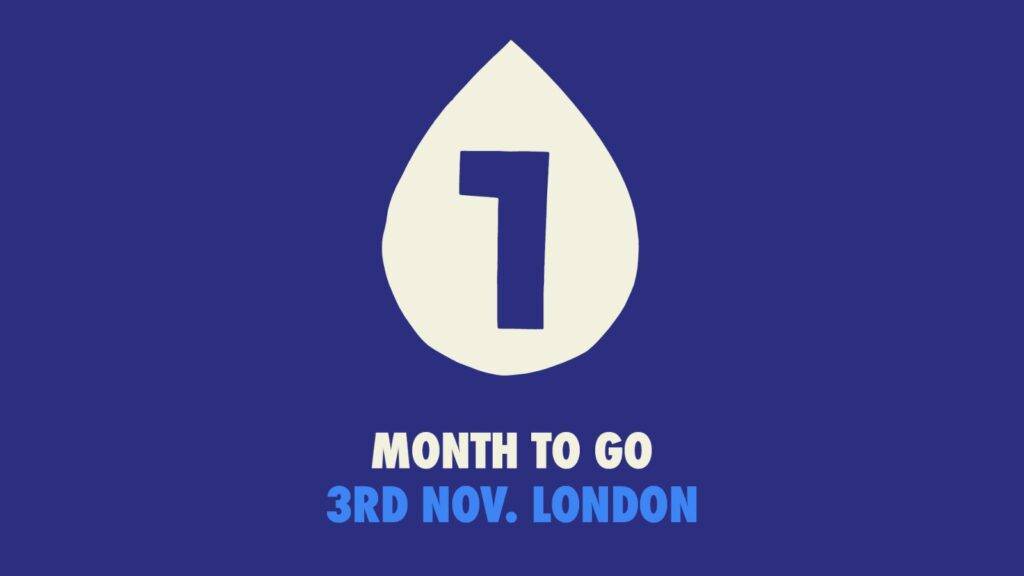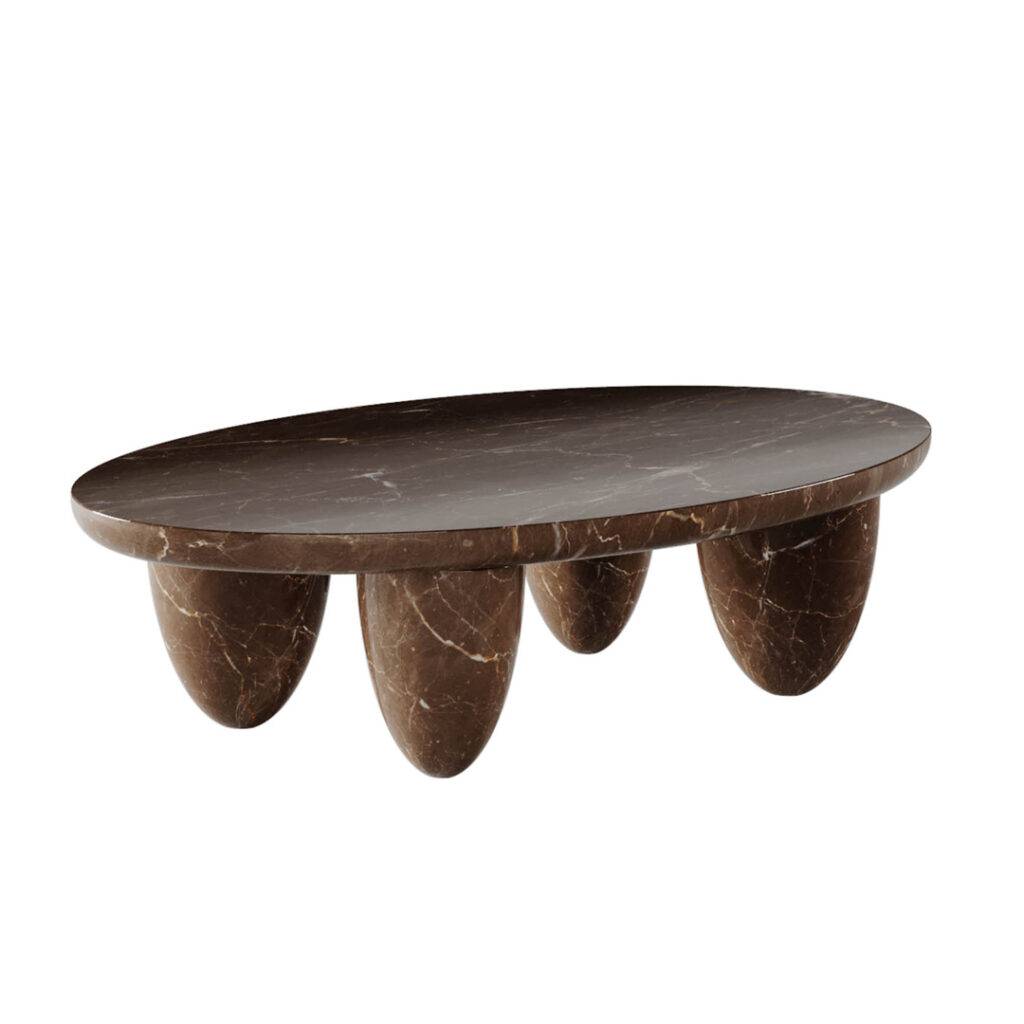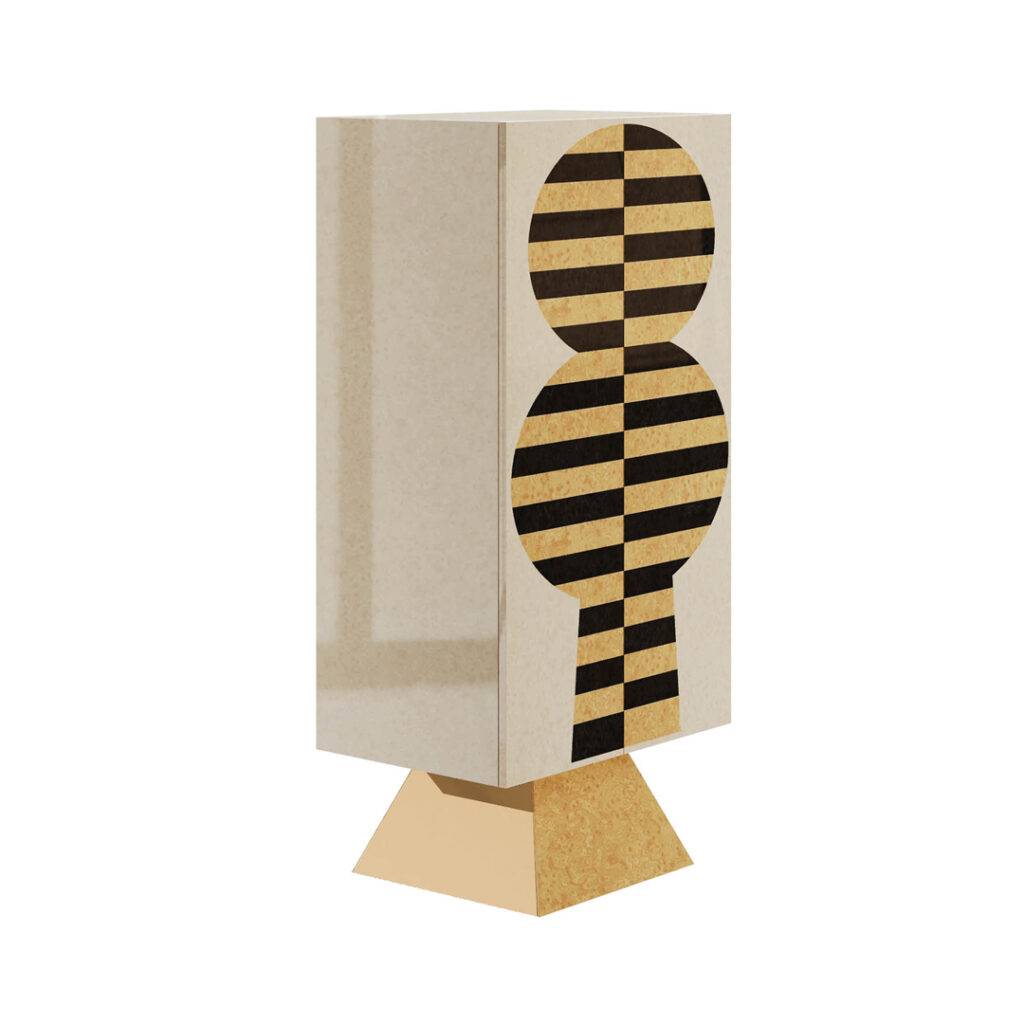We’re sharing two recipes using venison, a sustainable, ethical local meat, thanks to Chiltern Venison & Robin Popham of Create Terroir
Geoff Wicket, founder of Chiltern Venison, is on a mission to show how this game meat is a great alternative to minced beef.
This recipe for a Thai classic, thanks to Robin Popham at Create Terroir, is explosively tasty, without being hot. Robin says: “Rendang is bursting with flavour and tender meat. Allow the simmering and cooking times for the best results, but at a push this can be truncated.”
Venison rendang:
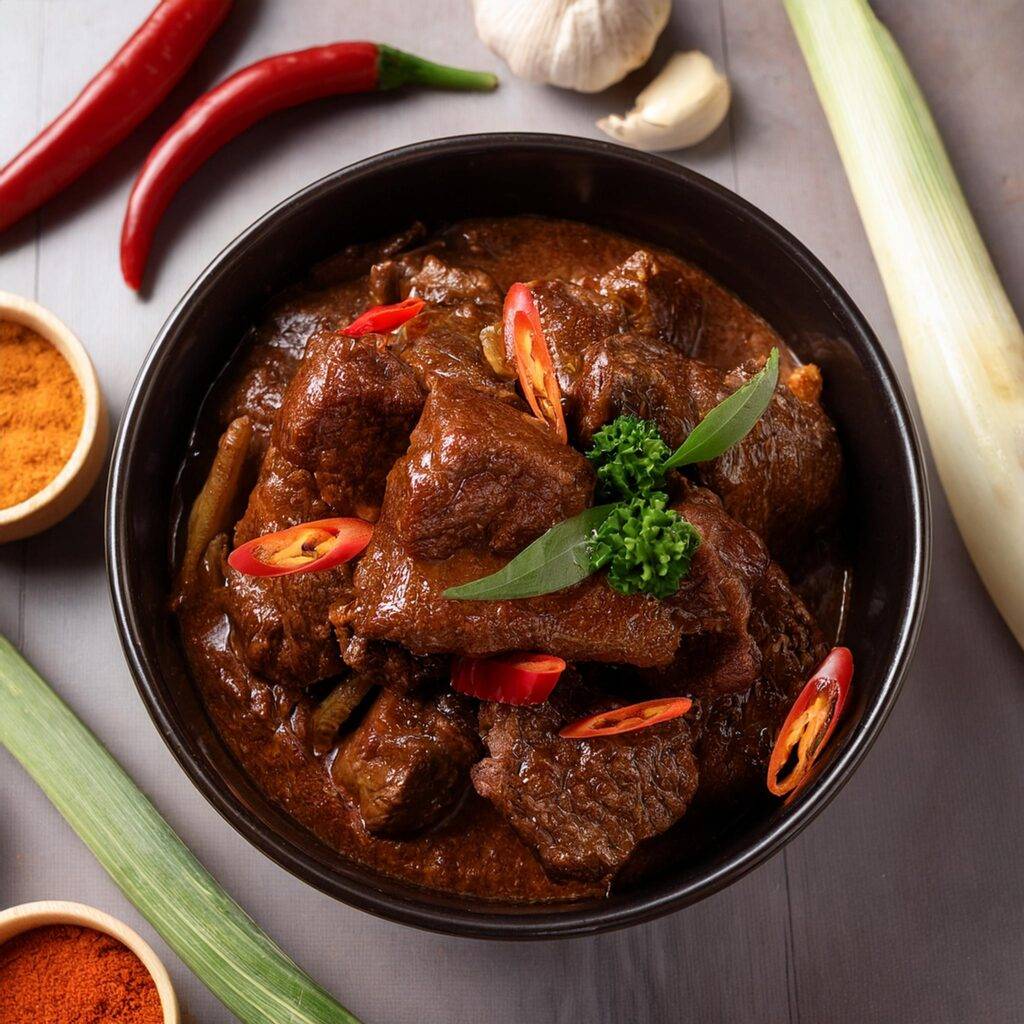
Serves four (freezes well)
Ingredients:
For the paste:
• 15 dried red chillies
• 8 shallots or 2 banana shallots
• 4cm root ginger, sliced
• 3 lemongrass stalks, root end, sliced
For cooking:
• 5 tbsp vegetable oil
• 680g cubed venison (haunch dice is perfect; stewing venison is also good, though less aesthetic)
• 2 lemongrass stalks (whole)
• 800ml coconut milk
• 4 tbsp desiccated coconut
• 2 Makrut (previously known as ‘kaffir’) lime leaves
• 1 beef or chicken stock cube
• 2 tbsp tamarind paste
• 1 tsp caster sugar
• 0.5 tsp salt
• Basmati rice
Method
1. Prepare the paste
Boil 15 dried chillies in enough water to cover them. Simmer for 15 minutes. Drain, cool, and split to remove seeds. Blend the chilli flesh in a processor with shallots, ginger & lemongrass. Add a little water if the paste is too coarse.
2. Cook the rendang
Heat 5 tbsp of vegetable oil in a heavy casserole pan. Fry the paste for five minutes over low heat. Add the venison and remaining lemongrass stalks. Stir fry to brown the venison. Maintain medium heat to avoid drying out the meat or paste. Pour in 800ml of coconut milk and 250ml of water. Bring to a boil, simmer for two hours, stirring occasionally to prevent sticking. Toast the desiccated coconut in a dry frying pan over low heat until golden brown. Add the toasted coconut, Makrut lime leaves, stock cube, tamarind paste, caster sugar and slat into the casserole. Cook for a further 30 minutes until the venison is tender. It’s normal if the oil starts to separate.
3. Serve
Remove the lemongrass stalks before serving. Serve your venison rendang with basmati.
Venison Ragu
“Spag Bol” this is not! Spaghetti Bolognese has been adopted into British culinary culture with open arms, adapted to suit our tastes and ingredients, however its origins are quite different. Emanating from deep within Italian culture, Ragu alla Bolognese uses only a handful of ingredients, cooked simply.

The base flavour comes from a combination of three vegetables, or soffritto, before adding ground meat and stock. Tomato puree provides a richness and viscosity to the sauce but by no means is this a tomato sauce.
Venison shoulder is ideal, with a fabulous flavour and texture well suited to mincing and cooking in this manner. This recipe is both quick to make and uses only two pans, ideal for a weekday family meal.
Ingredients:
• 500g minced venison shoulder
• One large carrot
• One large onion
• One leek
• 50ml rapeseed oil
• One dessert spoon of tomato puree
• Salt and pepper to taste
• 350g stock, preferably venison
• 80-100g fresh tagliatelle
• Hard strong cheese to finish
Method:
1. Begin by heating a heavy based saucepan or casserole with a lid. Add the rapeseed oil to lightly coat the base of the pan then gently brown the meat in two batches over a medium heat. It is important not to burn the pan as this will taint the flavour of the final sauce. Once brown remove from the pan to a plate.
2. While the meat is browning, finely dice or grate the vegetables. Preparing as finely as possible means they will almost melt as they cook, bringing body to the sauce.
3. Once the meat is browned and removed from the pan, add the prepared vegetables, season with a little salt and turn down the heat to a minimum. Place a lid on the pan allowing the steam to build up inside, dissolving the leftover crusty bits from browning the meat. Stirring occasionally, leave for around 5 minutes or until the vegetables are soft and translucent.
4. Remove the lid, add the tomato puree and turn the heat up to a medium setting. While stirring lightly cook the puree for a few minutes until it takes on a deeper colour. Now add the mince back to the pan and turn the heat up. Once the ingredients begin to sizzle add the stock and bring to a gentle simmer. Taste and add a little salt if necessary. Put the lid back on and cook over a gentle heat for 30 minutes.
5. While the sauce is cooking bring a large pot of water to the boil and put a colander in the sink to drain the pasta.
6. Once the sauce has cooked for 30 minutes, remove the lid and turn up the heat to evaporate any remaining liquid. Cook the tagliatelle as per the instructions if you are using shop brought pasta, or 3 minutes for home made. Drain and add to the sauce. Now season with pepper and mix.
Serve with grated hard cheese, I have used Witheridge in Hay which is a sharp cheddar style cheese from Nettlebed Creamery.
Chef notes
1. Venison mince can be cooked far quicker than beef due to the greatly reduced fat content. A long cooking time will dry out the meat as there is no fat to give that perceived moisture. Mincing the shoulder creates very short strands of muscle fibre for perceived tenderness.
2. Soffritto provides the flavour backbone to many Italian dishes, comprising of carrot, onion and celery. The three vegetables bring a complementary contrast of sweet, sharp and savoury while adding texture. Celery has a punchy texture and flavour, too strong for this recipe, so leek has taken its place to bring a fresher flavour and, with the onion, a mild balancing acidity.
3. When to season is almost more important than what to season with. Adding salt early on helps break down fibres in the meat and vegetables allowing flavour to develop a little quicker. Pepper on the other hand needs to be added right at the end as its flavour is diminished by heat and exposure to the air.
4. Wine is a staple for many a ‘Spag Bol’ recipe which is well suited to beef, effortlessly cutting through the fat with its acidity and the rich flavour will overpower venison’s delicate character.
5. A wide, heavy based pan or preferable casserole allows for even cooking by keeping a stable temperature. A lid simply retains heat and moisture offering yet more stability throughout the cooking.
6. Pasta shape is linked to sauce consistency throughout Italy with recipes sighting specific shapes. Bolognese Ragu is well suited to a wide flat pasta such as tagliatelle, its larger surface area carrying the thinner sauce while being able to hold the meat.
You can read our longer article of Geoff & Chiltern venison here.
Order venison at Chiltern Venison. Ethical, Wild. Oxon & Bucks, England










